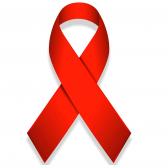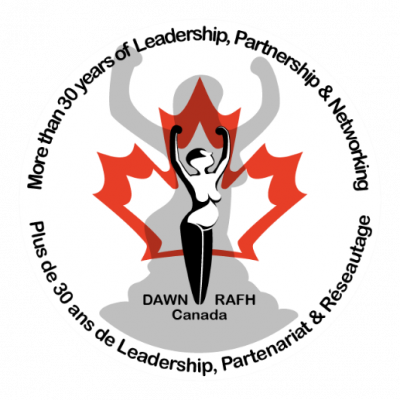
Case study #1: Mobilizing communities for HIV prevention

Social movement strategies to engage and mobilize communities have been effective at reducing HIV transmission. Community-based interventions have made significant advancements in HIV prevention, including:
- decreasing discrimination against those who are HIV positive;
- raising the levels of HIV testing and counseling amongst young adults;
- improving access to program and service quality; and
- increasing the uptake of antiretroviral treatment to prevent transmission to non-infected partners.
Engaging and mobilizing communities - including members of stakeholder groups and civil society agencies - has been critical in taking collective action towards the goal of HIV prevention. To be effective, communities were found to need the following three key components:
- empowerment through elements, such as leadership, resources, program management and the support of external partners;
- development of having a collective or shared identity as a community; and
- capacity in health promotion, including the development of knowledge and skills, available resources, civic engagement, values for change and a learning culture.
Case study #2: DAWN Canada – Powerful grassroots advocacy for women and girls with disabilities and Deaf women

In 1985, 17 women with disabilities across Canada met in Ottawa to form what would become the Disabled Women’s Network (DAWN Canada), the only pan-Canadian organization for women and girls with disabilities and one of a few globally. These women were unified in their commitment to creating a national cross-disability organization to advocate for the rights of all women with disabilities and Deaf women through a lens of feminist leadership.
DAWN’s mission targets key areas of shared concern for women with disabilities including discrimination, poverty, unemployment and violence and the promotion of health equity and access to justice. To build support and public visibility, they applied grassroots actions and strategically partnered with other organizations who also advocated for the rights of women and persons with disabilities and the end of systemic marginalization, including labour unions. Researchers and academics joined the effort to promote a feminist disability lens as a standard of practice.
DAWN Canada remains an active and committed disability advocacy organization at all levels:
- at the micro level, they support women and girls with tools to build their self-determination and leadership;
- at the community level, they improve programs to support the needs and rights of women and girls with disabilities and Deaf women; and
- at the macro level, they advocate for policy reform.
With over 35 years of feminist disability leadership in action, DAWN Canada is a powerful example of an organization built by grassroots efforts and collective action.

Other examples of health social movements (videos) include:
Tell us how you and your change teams have used examples of social movements to build your knowledge and skills of grassroots action at #LeadingChangeToolkit
| More than a pill: health as a social movement (RSA, 2017) | More than a pill: health as a social movement - YouTube |
| Health as a Social Movement (Agile Ageing Alliance, 2016) | Health as a Social Movement - Agile Ageing Alliance - YouTube |
| How birth control changed the world (Bloomberg Quicktake, 2018) | How Birth Control Changed the World - YouTube |

Tell us how you and your change teams have used examples of social movements to build your knowledge and skills of grassroots action at #LeadingChangeToolkit
